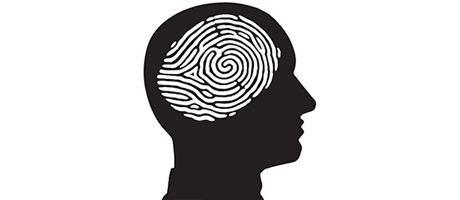Understanding the mindset of mass murderers, especially in the wake of last week’s Newtown, Conn., tragedy in which 20 children lost their lives, can seem nearly impossible.
To gain insight, George Washington Today spoke with Richard Cooter, coordinator of GW’s Forensic Psychology Program who is both an attorney and clinical psychologist, about the perpetrators of mass killings and what, if anything, can be done to prevent future episodes.
Q: Is there a typical profile—or set of characteristic in common—for perpetrators of these mass shootings?
A: Every case is unique, and every individual is unique. However, broadly speaking, mass killers tend to fit into one of three groups. The first is people who are truly psychotic and unable to divorce reality from delusion. An example of this kind of killer seems to be Jared Lee Loughner in the 2011 Arizona shootings. The second category is people who are psychopathic and have little or no ability to empathize with others.
Finally, probably the most common group is composed of people who, one way or another, come to the conclusion they’ve been wronged and get incredibly angry and suicidal. They’re very depressed and ruminate about a perceived injustice. They think the world deserves to suffer because of how they’ve been treated. While details are still emerging about Adam Lanza, the gunman in Connecticut, it sounds like he may fit this profile.
These categories are not mutually exclusive. For example, for anyone to commit a mass killing he or she must have a limited ability to empathize with others.
Q: What is the significance of Adam Lanza killing his mother first?
A: His mother seems to be a key figure, however, more elaboration of what actually occurred would be required to be certain. Mass killers will often target whomever they think primarily responsible for the wrongs against them, although sometimes their anger gets displaced onto other targets.
Q: Is there any way to predict or prevent mass shootings?
A: It is very difficult to predict who could be a perpetrator. There are a lot of people who are troubled, people who walk out of jobs, people who are angry, are loners. The vast majority of those people wouldn’t hurt anyone except themselves. Most mentally ill people are not violent.
Any attempt to prevent mass killings would require institutionalizing a lot of people, and it would result in many false positives. The ability to pick the one in the bunch who truly has the potential for mass violence is very limited. And people have legal rights—it’s not possible to institutionalize people without evidence of their intent to harm others.
Even in hindsight, it can be difficult to see true red flags. Our greatest ability to predict violence is past behavior, but many of the mass killers in recent history haven’t had a pattern of violence.
If you start with the proposition that you can’t identify these people, the best thing you can do is limit their ability to shed blood of this magnitude. Stronger gun control measures, like banning assault weapons, could limit death tolls.
Q: Are these mass killings on the rise?
A: It feels like we’ve had a lot, probably 10 or so in the past year. We also tend to have higher death tolls in America than in other nations. There’s a cultural element, but it’s hard to understand exactly how the American psyche contributes to this.
It struck me how qualitatively different this shooting was—targeting elementary school children is unusual and incredibly tragic. The only good we can hope from this is to galvanize the country to work toward preventing a tragedy on this scale in the future.


